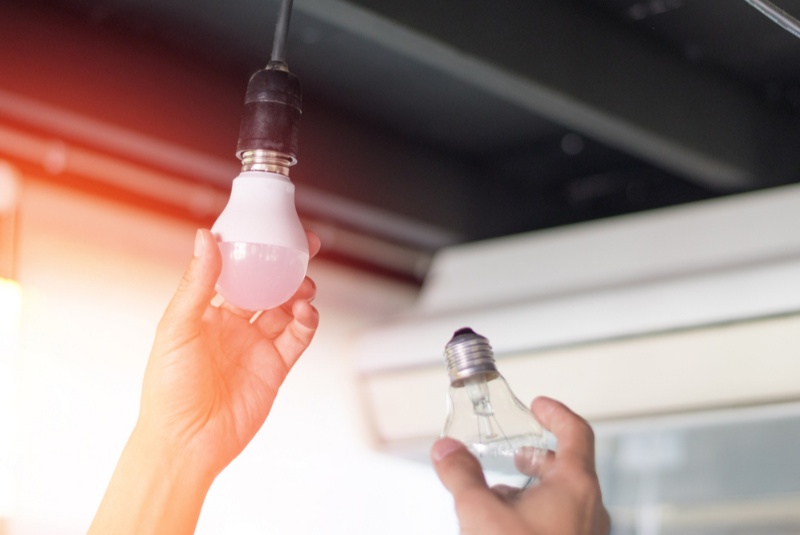Indoor plants not only enhance the aesthetic appeal of your space but also improve air quality and elevate mood. Whether you're a seasoned gardener or a novice looking to greenify your living space, this guide provides essential tips for selecting and caring for indoor plants, ensuring they thrive in your home environment.
Understanding Your Space and Light Requirements
Before purchasing any indoor plants, it's crucial to assess the lighting conditions in your home. Plants vary greatly in their light requirements, categorized generally into low, medium, and high light. Low-light plants, such as pothos and snake plants, are suitable for areas away from windows or in rooms with north-facing windows. Medium-light plants, like dracaenas and peace lilies, thrive in east- or west-facing windows where they receive filtered light. High-light plants, such as succulents and cacti, need several hours of direct sunlight daily and are best placed in south-facing windows. Assessing the available light in your home allows you to choose plants that are most likely to thrive in specific conditions.
Selecting the Right Plant for Your Home
When choosing indoor plants, consider more than just the light requirements. Think about the space where the plant will live. Do you need a small plant for a desktop or a larger one for a floor space? Consider the humidity levels of your home, as some plants, like orchids and ferns, require more humid environments to thrive. Also, think about your lifestyle and the care you can realistically provide. If you travel frequently or tend to forget about watering, look for drought-resistant plants like succulents or those with lower maintenance needs.
Potting and Repotting Essentials
Proper potting is essential for the health of indoor plants. Choose a pot with adequate drainage holes to prevent water from sitting at the bottom and causing root rot. The size of the pot should be proportionate to the plant; a pot too large can lead to waterlogging, while one too small can restrict growth. When repotting, select a pot that is 1-2 inches larger in diameter than the current one. Use a high-quality potting mix suitable for the plant type, which will provide the right balance of drainage and water retention.
Watering Your Indoor Plants Correctly
Watering needs can vary widely between different types of indoor plants. Over-watering is one of the most common causes of indoor plant death. To avoid this, check the soil's moisture level before watering—only water when the top inch of soil is dry. Some plants prefer to dry out completely between watering, while others like consistently moist soil. Understanding the specific needs of your plant is crucial. Additionally, the quality of water can affect plant health. Use room temperature water and avoid softened water, which contains salts that can accumulate in the soil and harm roots.

Fertilizing for Growth and Health
Fertilizing is crucial for maintaining healthy and vibrant indoor plants. Most indoor plants benefit from regular feeding during the growing season (spring and summer). Use a balanced, water-soluble fertilizer, diluting it to half the recommended strength to avoid over-fertilizing, which can lead to leaf burn and other damage. During the dormant winter months, most indoor plants require little to no fertilizer. Adjust your fertilizing routine according to the plant’s growth patterns and the specific product instructions.
Managing Light and Temperature
Aside from direct sunlight, ambient light and temperature also play significant roles in the health of indoor plants. Most indoor plants prefer temperatures between 65 and 75 degrees Fahrenheit during the day and slightly cooler at night. Avoid placing plants near cold drafts or heat sources like radiators, as extreme temperature fluctuations can stress them. If natural light is insufficient, especially during winter months, consider using grow lights to provide the necessary spectrum of light for photosynthesis and growth.
Pruning and Grooming
Regular pruning and grooming help keep plants healthy and looking their best. Remove dead or yellowing leaves to direct the plant’s energy towards healthy growth. Pruning can also encourage bushier growth by stimulating new shoots to form. For vining plants, such as philodendrons, pruning can help manage their shape and size. Always use clean, sharp scissors or pruning shears to make clean cuts, which help prevent disease.
Pest Prevention and Treatment
Indoor plants can be susceptible to pests such as spider mites, aphids, and mealybugs. Regularly inspect your plants for signs of infestation, such as sticky residue on leaves or visible bugs. Early detection is key to effective treatment. Keep your plants healthy and less susceptible to pests by maintaining proper watering, light, and fertilizing practices. If pests are detected, use insecticidal soap or neem oil, which are effective and less toxic options for controlling pests on indoor plants.
Learning from Your Plants
Each plant can teach you what it needs through subtle signs. Drooping leaves might indicate over-watering or under-watering, while brown tips could suggest low humidity or over-fertilization. By paying attention to these cues and adjusting your care practices accordingly, you'll become more attuned to your plants' needs and better able to keep them thriving.
By following these tips and understanding the unique needs of each plant, you can create an indoor garden that is not only beautiful but also a healthy and vibrant part of your home environment. Indoor plants offer a perfect way to enhance your living space while also improving air quality and your overall wellbeing.




